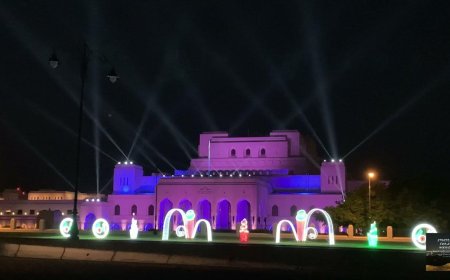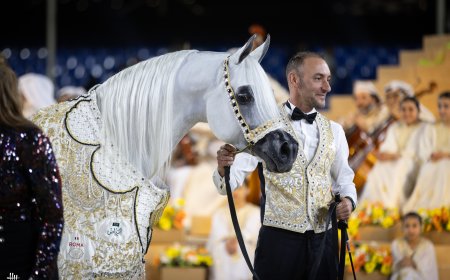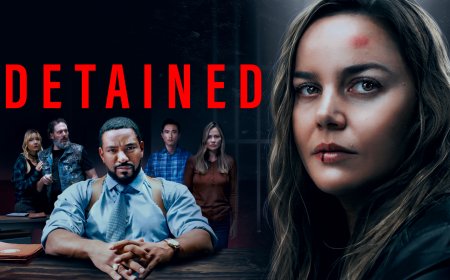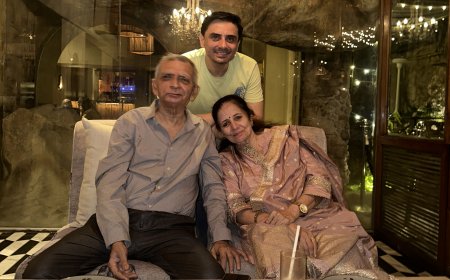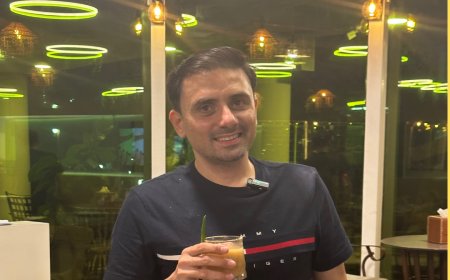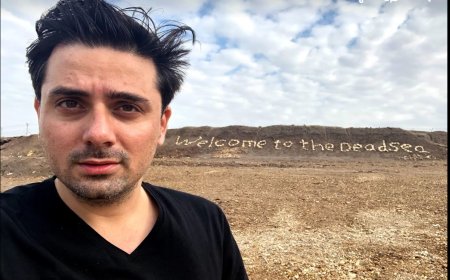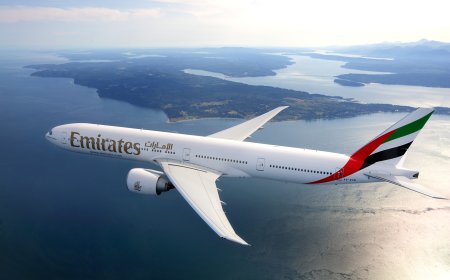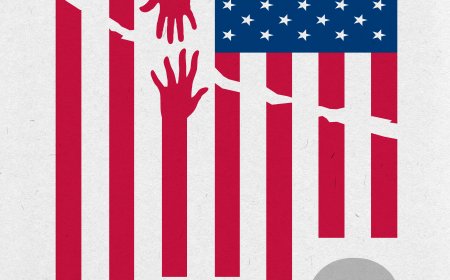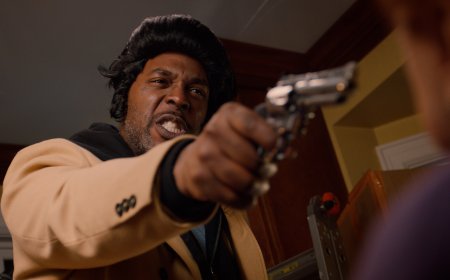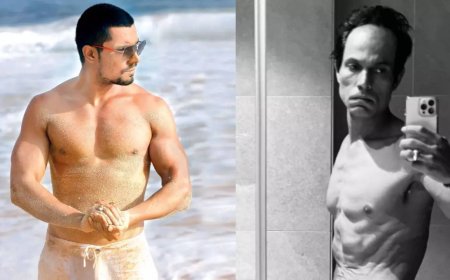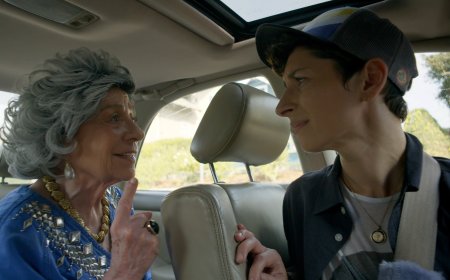A Review of ‘Escape from Extinction Rewilding’: A motivating documentary about widespread environmental repair
Several environmental conservationists discuss how to revitalise natural ecosystems through the process of Rewilding
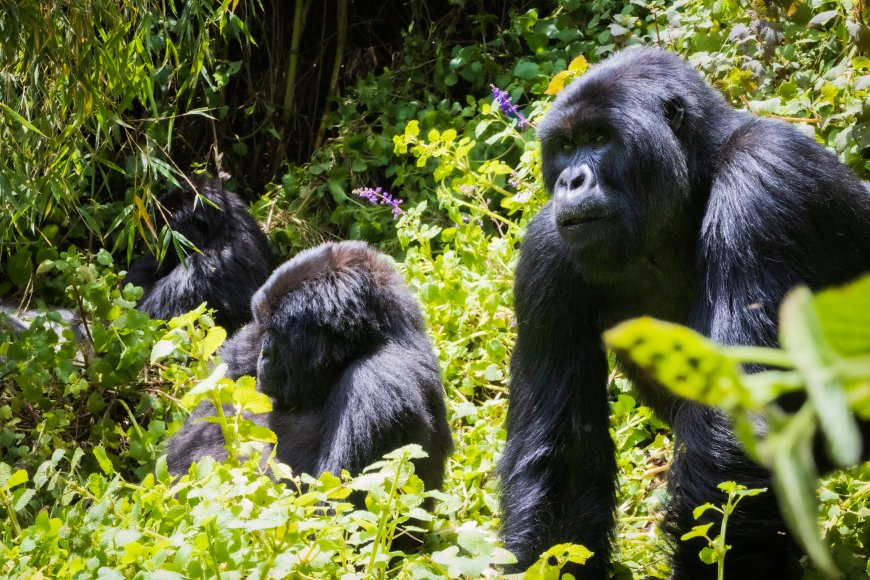
‘Escape from Extinction Rewilding’: A motivating documentary about widespread environmental repair
Cast: Meryl Streep (voice), Debborah Luke, Bengt Holst, Theo B. Pagel, Robin Ganzert, Brad Andrews, Caroline Lees, Eric Tsao, Ladis Ndahiriwe, Anele Ntshiyane, James Musinguzi, Andrew Mooney, Clement Lanthier, Mike Jordan, Diane Foss, Emmanuel Harimana, Jenny Gray, Bill Street, Debra Erickson, Christoph Kiessling, Rafael Zamora, Kristin Leus, Wolfgang Kiessling, Jon Paul Rodriguez, Erin Meyer, Kira Mileham, Javier Almuna, Onnie Byers, Kevin Buley, Sally Sherwen, Thomas Kauffels, Sanjay Kumar Shukla, Sonja Luz, Thomas Edling, Eugene Cordero Schmidt
Critic’s Rating: 4 Stars out of 5
Director: Matthew R. Brady
Duration: 1 hour, 30 minutes
Genre: Documentary
Language: English
Release: 2024
What’s it about?
Several environmental conservationists discuss how to revitalise natural ecosystems through the process of Rewilding.
Review:
As the severely damaged environment of our planet is teetering on total destruction, here is a comprehensive and meticulously detailed documentary about how we can help repair it. Numerous specialists and professionals who comprise a so-called “international army of wildlife protectors”, expound on how they are tackling the complex and challenging mission of the Earth’s conservation. The re-establishment of intricately interwoven ecosystems of plants, animals and humans, and the variables that need to be addressed for healthy harmony, is essentially the subject of this refreshingly informative film.

The narration by renowned actress Meryl Streep takes us to various corners of the world where efforts are underway to solve the quandary of looming animal and plant extinction. The destructive impact of industrial agriculture, deforestation, poaching and other such malpractices have robbed various living creatures of their habitats, leaving them struggling for survival. According to such conservationists like Dr. Robin Ganzert of American Humane, Caroline Lees of the IUCN Species Survival Commission and Bengst Holst of the Danish Nature Fund, the answer lies in Rewilding. This, they explain, is the process of recreating natural environments to restore biodiversity where every participant serves an ecological function. But the solutions are not that simple as they need to be fine-tuned to the particular location, with the cooperation of the concerned governments and communities.
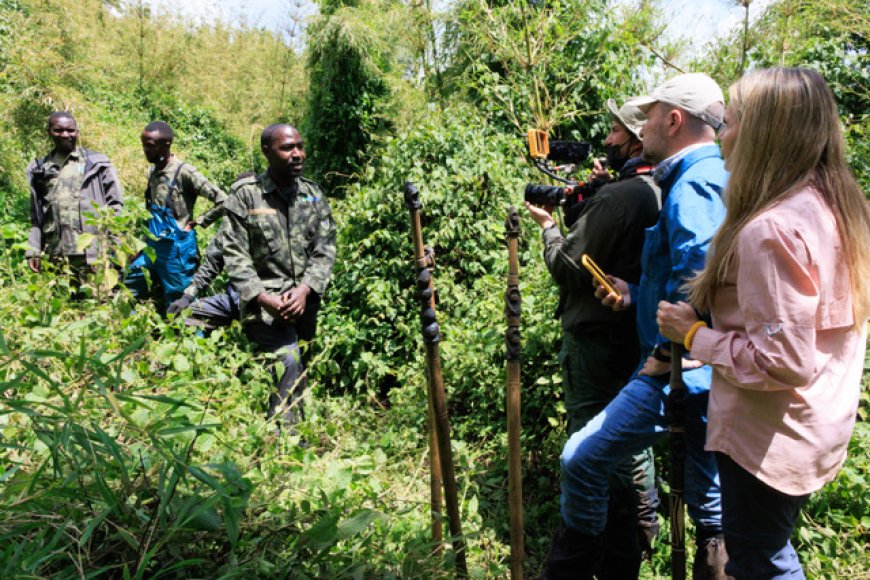
On this celluloid journey of global rejuvenation, we learn of Rwanda’s extraordinary transformation from civil war and relentless poaching to an ecotourism hub, where the aided multiplication of the Mountain Gorilla has become its star attraction. Over in Bolivia, the Loro Parque establishment has converted non-productive farmland into natural reserves, using innovative nesting boxes to significantly revive the endangered Blue Throated Macaw bird. The film also elucidates the imperative role of sea otters in the Pacific’s Kelp forests (off North America's coast) and sea grass in Florida, which both help reverse the acidification of the oceans. Local groups and residents are even engrossed with removing harmful algae blooms.

Writer Alex Vincent Blumberg and director Matthew R. Brady extract important information about the tonalities of Rewilding. These include such operations as Genetic Diversity where animals are dissuaded from inbreeding so as to become more resilient; Semi-Managed Habitats where animals are reintroduced into a wild but protected area; Controlled Rewilding which culls out invasive creatures that could imperil native species while striking the right balance between predator and prey; Sustainable Hunting where certain aged wild animals and destructive carnivores become the target; Animal Relocation which could benefit the species’ new habitat; and Ecological Replacement which trains human-bred birds and animals with the skills to survive in the wild. Finally, the film addresses the indispensable role of indigenous and tribal communities in perpetuating their wild surroundings.

No stone is left unturned in this in-depth account of several parties that are engaged in saving our planet. The film features the noble words and views of environmental specialists and officials from around the world. These include such respondents as Prof. Theo B. Pagel from the Cologne Zoo; Ladis Ndahiriwe of the Akagera National Park in Rwanda; Dr. Debborah Luke of the Florida Aquarium; Dr. Andrew Mooney of the Dublin Zoo; Dr. Kristin Leus of the Copenhagen Zoo; Eric Tsao of the Taipei Zoo; and Kevin Buley of the Auckland Zoo, among several others.

In fact, the film’s only drawback is its bombardment of interviewees who speak in sound bytes that are too brief to digest, especially while having to note their respective designations. That apart, the diverse visuals of natural wildlife, rehabilitated animals, damaged ecosystems, revival operations and human communities are simply breath-taking. Also, it is obvious that a tremendous amount of editing had gone into the final cut, enhanced further by Meryl Streep’s measured and compassionate voice-over. This is the kind of film that should be shown in every boardroom, statehouse and school across the world because we have reached the point where we have to inspire people to act toward saving the Earth. Spreading success stories is critical, speaking of which, that’s exactly what this documentary is.


